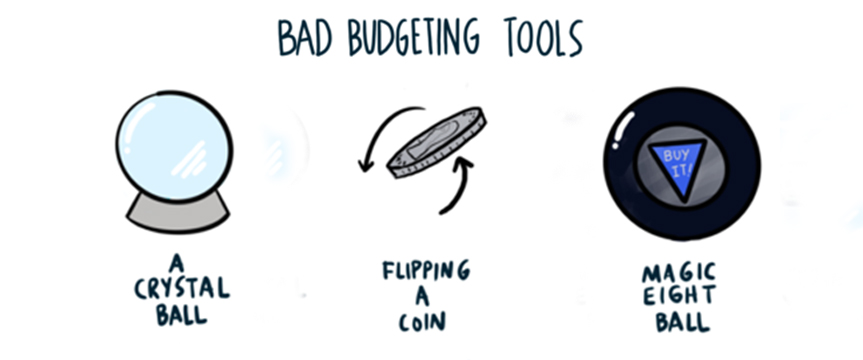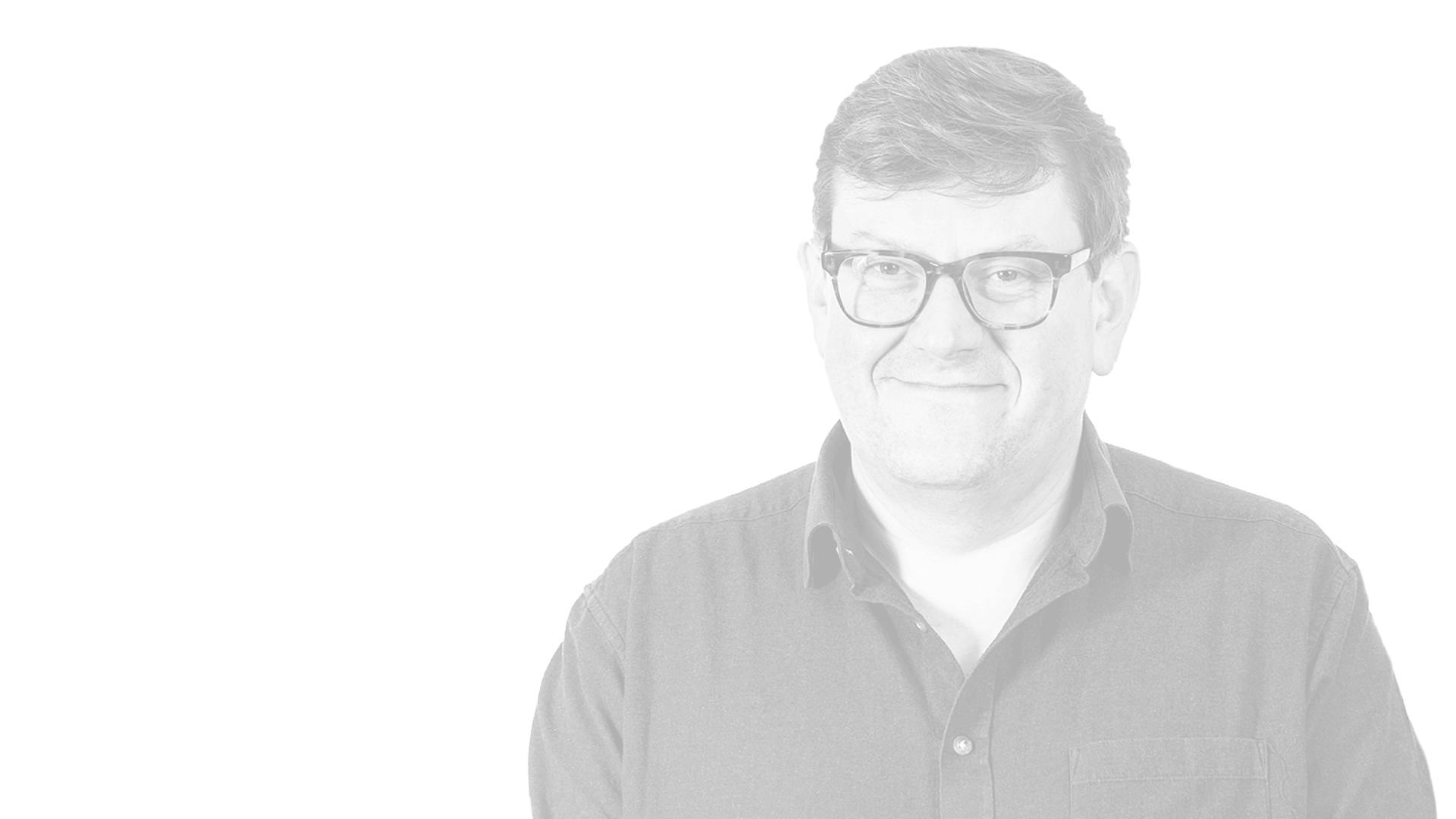TV VFX for dummies – Budgeting for your VFX (part 2)

Here we are again, another part of our ‘TV VFX for dummies’ series. And part 2 of our discussion on budgeting for your VFX. In part 1, we talked about the difficulty in assessing the final costs and the importance of staying on top of the ever-changing budget.
In this part, we will look at how everyone involved in the production – from the producer and director to the director of photography (DOP) and any commissioning execs – can provide the information needed to finesse the budget details. Let’s start by looking at the importance of making sure you have all the information you need.
The more information, the better
Although getting a fast turnaround ballpark is always going to be something clients require, what can we do to provide our clients with more accurate ballpark bids?
Here, the onus goes back to the client – whether they be the producer, line producer, or on-set VFX producer/supervisor. The more information they can give to the VFX vendor, the better. Ideally full scripts are the best starting point, but sometimes – for security reasons – only excerpts are available. If a project is at an early stage, only outlines or treatments may be possible. In this instance, all that clients can reasonably expect is a topline average cost per hour for that genre of TV, and even then this may not be accurate
But, on a more positive note, the following can be really helpful when ballparking costs on a series:
- VFX breakdown or list – If the client can provide their own list of what they think is required, this is a great starting point. The VFX vendor can then add to this and/or query any VFX they think is missing from the client list.
- Location stills – Seeing the locations being used helps improve the accuracy of any bids for set extensions, crowd replication, and clean up.
- Production design concept work – For environments, characters, and sets.
- Storyboards – These help understand the shot count for key sequences.
- Reference artwork – Be they mood boards or other visuals that give an indication of tone, style, or design for the series.
Shot count
A key consideration when bidding on any series is the shot count. Usually, a VFX vendor can estimate the potential number of shots from the scene description in the script.
If there is a scene involving complex VFX – for example, a riot or a hero engaging a dragon in combat – then storyboards are likely to be available, which will give a clear indication of the shot count for that scene.
The overall number of shots in a series will undoubtedly have a big impact on the overall cost, particularly if the shot count is high in sequences with heavy VFX. It is therefore crucial to establish what the shot count is – at least for key sequences of the series
Meeting key team members
One way of ensuring the VFX vendor is fully briefed of the creative vision for a series is for them to meet the key creatives involved. This includes the showrunners, executive producers (EP’s), producers, directors, DOPs, and designers. Between them, these people will know what the creative ambition and style for the series is. For key sequences, the director, DOP, and designer will be able to provide crucial information on the shots and design that will inform the VFX methodology for the series, which will influence the budget.
Pre-production is a very busy time on any production. But ensuring there is at least one key meeting with the VFX vendor and the key creatives will help to make sure the vendor has more information to create a more accurate bid.
Planning – previs, postvis, and storyboarding
We’ve already talked about the importance of understanding the shot count, especially for scenes involving 3D animation. If storyboards aren’t available for these key sequences, we would strongly recommend that the production company commissions them or, if that isn’t an option, VFX vendors do sometimes commission their own.
Storyboards are a great visualisation tool, and storyboarding is cheaper than doing previsualisation (previs) or animation blockouts. On a TV series, there isn’t usually time or budget to do previs, although for key sequences it can help to communicate how a sequence will work to both the HODs and the commissioning execs.
More often than not in TV production, post-visualisation is the tool used to communicate how a CGI character or vehicle might look and move in a scene. Postvis is a very useful tool when doing animation or VFX work of any kind. You can show how a character or piece of VFX will look in an actual plate from the series and get agreement from key creatives and commissioning execs before you start the animation or VFX work.
By budgeting for postvis, you ensure you can get approval for your clients ahead of starting the more expensive animation and FX work.
This goes to show just how intertwined the budget is at every stage of production. In a way, the puzzle never ends and you need to constantly reassess your needs in relation to the budget. But as complex as it sounds, it doesn’t need to be complicated. Not if you focus on communication and building productive working relationships.
For a VFX vendor you can rely on, contact REALTIME. Our experience and expertise mean we know how to get the job done to budget and to a high quality. To find out more, you can get in touch with me at [email protected].


